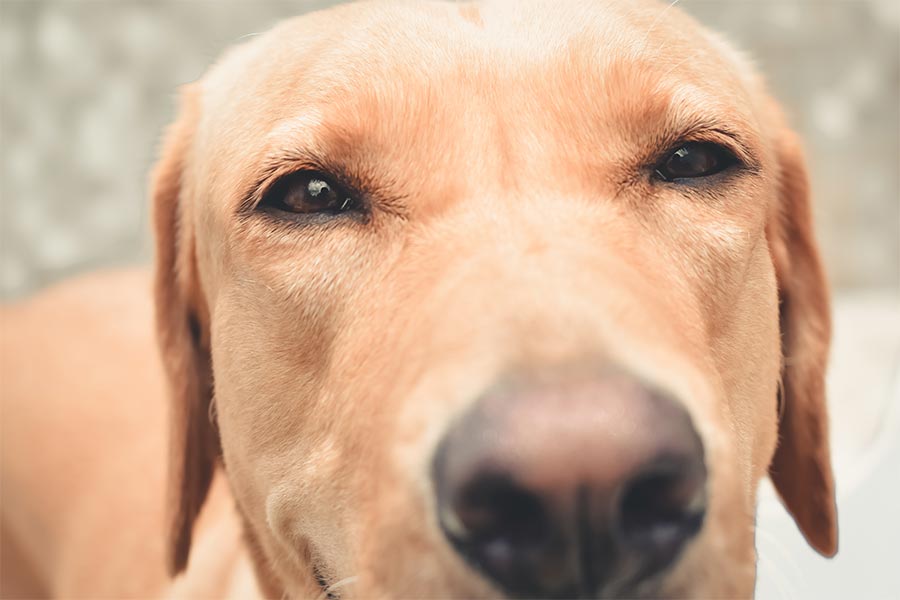Cherry Eye in Dogs Eye Health Series – Part 1

Also called prolapsed glans nictitans, cherry eye in dogs is a fairly common problem. It is more often seen in cocker spaniels, shih tzus, beagles and English bulldogs. Cherry eye on dogs looks like a round, red bulge that comes up from the inside corner of the eye. This bulge forms in the tear gland that makes most of the tears that lubricate the eye, when tissue that holds this gland in place weakens and allows the cherry eye to develop. Cartilage abnormalities, immune mediated diseases of the third eyelid, and cancer can all also result in similar issues within a dog’s eye.
treatment for cherry eye in dogs
Surgical correction is required for full treatment of cherry eye in dogs. Topical or home treatments that help reduce the inflammation associated with the gland may help for a while, but the gland will eventually pop out again. Not repairing the cherry eye will lead to keratoconjunctivitis sicca (dry eye). This is where the amount of tear film on the eye is reduced and makes the eye prone to infection and ulceration.
Surgical repair does not involve removing the gland. Removal of the prolapsed portion of the gland will result in dry eye also. There are a number of surgical techniques to properly reposition the gland. One technique to repair cherry eye in dogs creates a pocket in the tissue of the third eyelid that sits against the eyeball. The gland is then enclosed in this pocket. With this technique, it is important to ensure the suture is not rubbing on the globe (eyeball) as this can lead to corneal ulceration. Another technique will anchor the prolapsed gland to the bone of the eye socket. With this technique, the globe may inadvertently be penetrated when anchoring the gland to the bone. Penetration of the globe can lead to severe complications.
long term treatment of canine cherry eye
The cherry eye may reoccur in the dog’s same eye even when the appropriate technique is performed, but usually the repair corrects the problem for the life of the dog. Sometimes the other eye may develop the same problem.
If you think your dog may have a cherry eye,contact your veterinarian as soon as possible. The sooner they receive care the sooner they will be back to their happy selves.
Yours in health,
Dr. Kent Morley